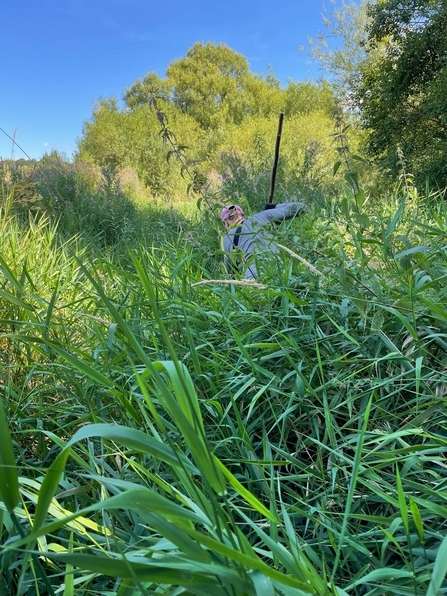The Trust, in partnership with the Ver Valley Society and a number of private landowners, reintroduced the nation’s beloved Water Vole to a stretch of the River Ver to the west of St Albans in August 2021, after the small mammals had been absent for a period of 34 years. This was made possible with funding from the Debs Foundation and Linder Foundation.
Since the 2021 release of the 150 Water Voles, Josh Kalms, the Trust’s lead on Water Vole reintroductions, has headed up a team of Water Vole Surveyor Volunteers, who have been trained to look for field signs of Water Vole occupation, including latrines and feeding sites. Full surveys have taken place in each of the two years following the release, the first data collected in 2022 reported a 238% increase in range along the river and its watercourses, whilst this year’s findings show the Water Vole occupancy in the Ver Valley, has on average, more than doubled each year.

